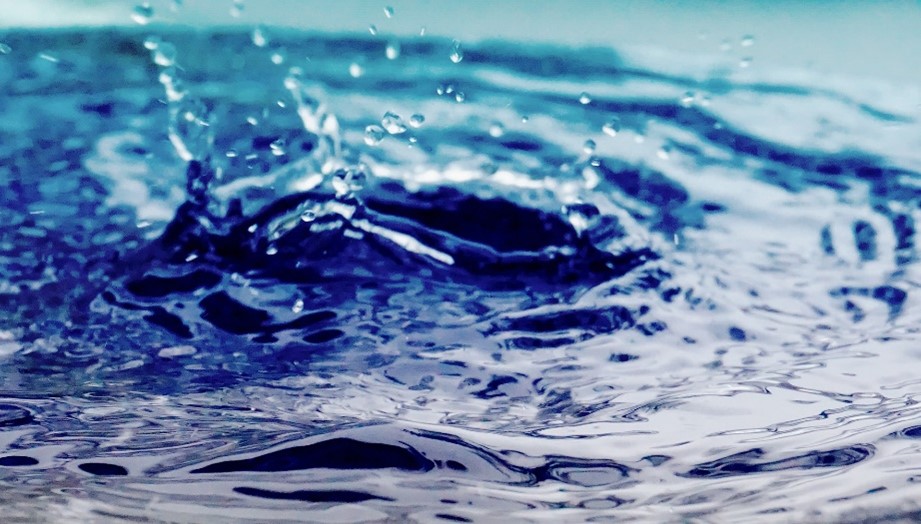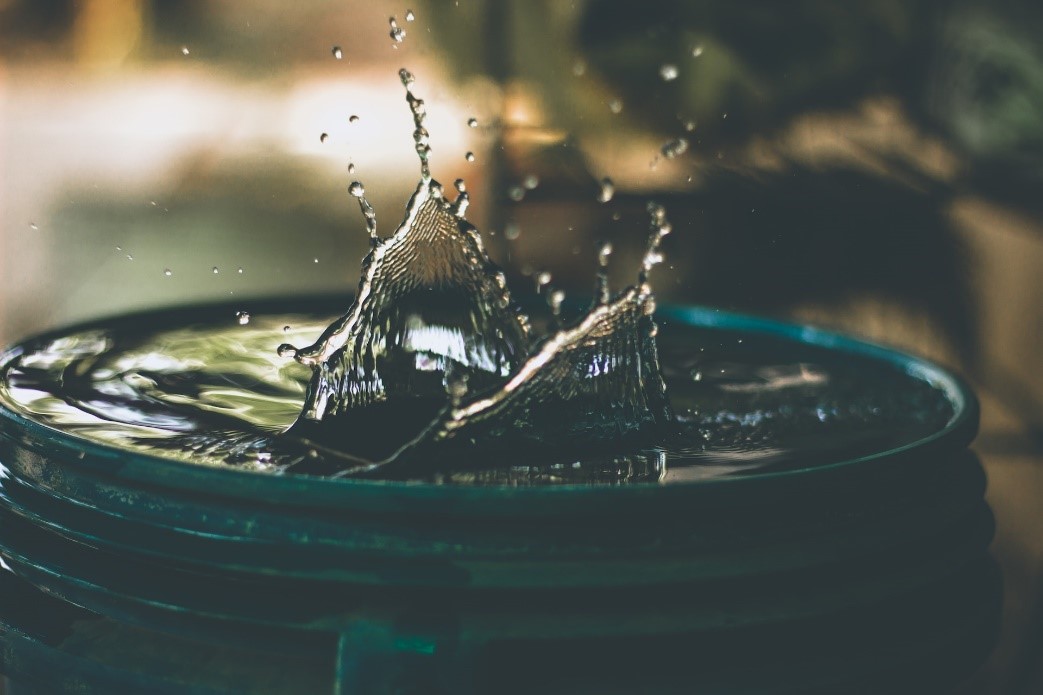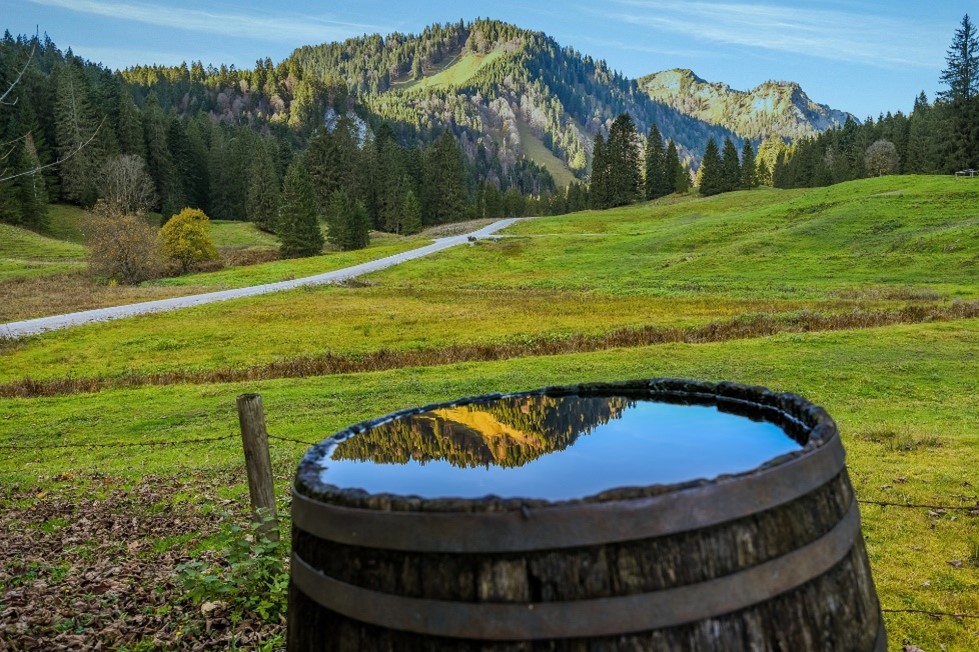
Sustainable Water Infrastructure: Challenges and Opportunities
19 of October of 2023
In an era defined by environmental challenges, the importance of being familiar with sustainable water infrastructure with its challenges and opportunities cannot be overstated. Accessible, clean water is a fundamental human right, yet it faces threats from population growth, climate change, and aging infrastructure.
The growing need for sustainable infrastructure
In the face of mounting challenges such as population growth and climate change, the necessity for sustainable infrastructure has never been more pressing. So, embracing such infrastructure is growing ever more essential. As our cities expand and our climate becomes increasingly unpredictable, the strain on our traditional water systems intensifies. Without sustainable solutions in place, we risk overtaxing existing resources and endangering future water availability. Sustainable infrastructure ensures a reliable water supply and helps safeguard against scarcity, ensuring our communities can thrive even in the most challenging conditions. It’s a proactive step towards a more resilient and environmentally conscious future where resources are wisely managed and conserved.

Purifying natural water sources is increasingly necessary due to pollution.
Common challenges in achieving sustainable infrastructure
Addressing the challenges of achieving sustainable water infrastructure requires our focused attention. While financial constraints may limit the implementation of necessary upgrades and innovations, we can overcome these obstacles by finding creative solutions and alternative funding sources. Regulatory hurdles can slow progress, but by working collaboratively with regulators, we can streamline processes and adapt more quickly to changing conditions. Technological limitations can also pose challenges, but by investing in research and development, we can identify and implement more efficient and sustainable solutions. Outdated treatment plants may struggle to cope with emerging contaminants, but by embracing new technologies and approaches, we can improve water quality and protect public health. These challenges may be formidable, but they are not insurmountable. By addressing them head-on, we can pave the way for a future where sustainable infrastructure becomes the norm rather than the exception.
Innovative technologies in sustainable infrastructure
Innovative technologies are playing a pivotal role in shaping the future of sustainable infrastructure. Smart water meters and monitoring systems provide real-time data, helping utilities track and manage water usage more efficiently. Recycling and reuse technologies are turning wastewater into a valuable resource, reducing stress on freshwater supplies. Green infrastructure solutions, like permeable pavement and rain gardens, mitigate runoff and enhance water quality. These innovations not only improve the reliability of our systems but also contribute to environmental conservation. Green roofs in cities like Chicago, a groundbreaking example, absorb rain, reducing the burden on drainage systems. We can ensure a more sustainable and resilient infrastructure by embracing these technologies and safeguarding our precious resources.

In areas with little water, work on purification and filtration is extensive.
Public-private partnerships in water infrastructure
Public-private partnerships (PPPs) have emerged as a powerful strategy. These collaborations leverage the strengths of both the public and private sectors, leading to efficient resource allocation and project management. PPPs bring financial resources from private investors into the sector, helping to fund costly projects that governments may struggle to finance alone. Successful case studies abound, demonstrating how PPPs have revitalized aging systems and expanded access to clean water.
Sustainable water infrastructure in rural areas
Sustainable infrastructure in rural areas addresses unique challenges. Limited access to resources and remote locations necessitates innovative solutions. Solar-powered pumps, for instance, offer a dependable water supply without reliance on traditional power grids. Rain harvesting systems are also valuable, capturing rainfall for agricultural and domestic use. These solutions enhance resilience and reduce dependency on centralized infrastructure. However, implementing and maintaining these technologies can be challenging in rural settings with limited technical expertise and access to spare parts. For example, the moversnotshakers.com storage crews warn that it can be difficult to properly store solar equipment and similar spare parts for your sustainable water infrastructure setup without climate-controlled storage. Therefore, a holistic approach that combines technology, community involvement, and access to spare parts is essential to ensure the long-term success of initiatives in rural areas.

Even the simplest methods of collecting rain can be helpful for irrigation.
The role of green energy in water infrastructure
Green energy is becoming increasingly instrumental in shaping the future of sustainable infrastructure. Renewable energy sources, such as solar and wind power, are being integrated into treatment and distribution systems to reduce their environmental impact. For instance, solar-powered pumps can efficiently transport water without relying on fossil fuels, lowering both energy costs and carbon emissions. Energy-efficient treatment plants are also designed to minimize their carbon footprint while ensuring water quality. These innovations underscore the synergy between water and energy sustainability. By harnessing clean energy sources for infrastructure, we contribute to environmental preservation and establish a sustainable resource management model. So, even with the water needs of an average household, it’s possible to make things work using eco-friendly methods!
Water infrastructure and environmental conservation
Water infrastructure and environmental conservation are intertwined in today’s world. So, balancing human needs with ecosystem health is more critical than ever. Sustainable infrastructure incorporates eco-friendly practices like recycling and green infrastructure, which help preserve natural habitats. For instance, wetlands and green rooftops can reduce runoff and enhance biodiversity, promoting wildlife conservation in urban areas. To effectively merge infrastructure and environmental preservation, it’s crucial to make use of the latest tech and trends in the field. These innovations, such as advanced filtration systems and real-time monitoring, enable us to protect resources while reducing environmental impact. By implementing such strategies, we can ensure a sustainable coexistence between human populations and the delicate ecosystems that depend on healthy water systems. In doing so, we take significant steps toward safeguarding our planet’s natural beauty and ecological balance.
International collaborations for sustainable solutions
International collaborations for sustainable water solutions are essential in addressing global challenges. Water knows no borders, and many regions face similar issues, from scarcity to contamination. Therefore, international partnerships and initiatives are crucial. These collaborations often involve sharing knowledge, technology, and best practices. One notable example is the United Nations’ Sustainable Development Goal 6 (SDG 6), which aims to ensure universal access to clean water and sanitation. The Nile Basin Initiative is another compelling model, where countries sharing the Nile River cooperate on sustainable management. Such collaborations promote diplomacy and help prevent conflicts. In an interconnected world, the success of one nation’s conservation efforts can benefit others!
Leverage the opportunities and battling challenges
As we navigate the complexities of sustainable water infrastructure with all the challenges and opportunities, it’s clear that our choices today will shape the water landscape of tomorrow. Through innovation, cooperation, and a commitment to conservation, we can ensure a resilient and sustainable water future for generations to come.





There are no comments yet